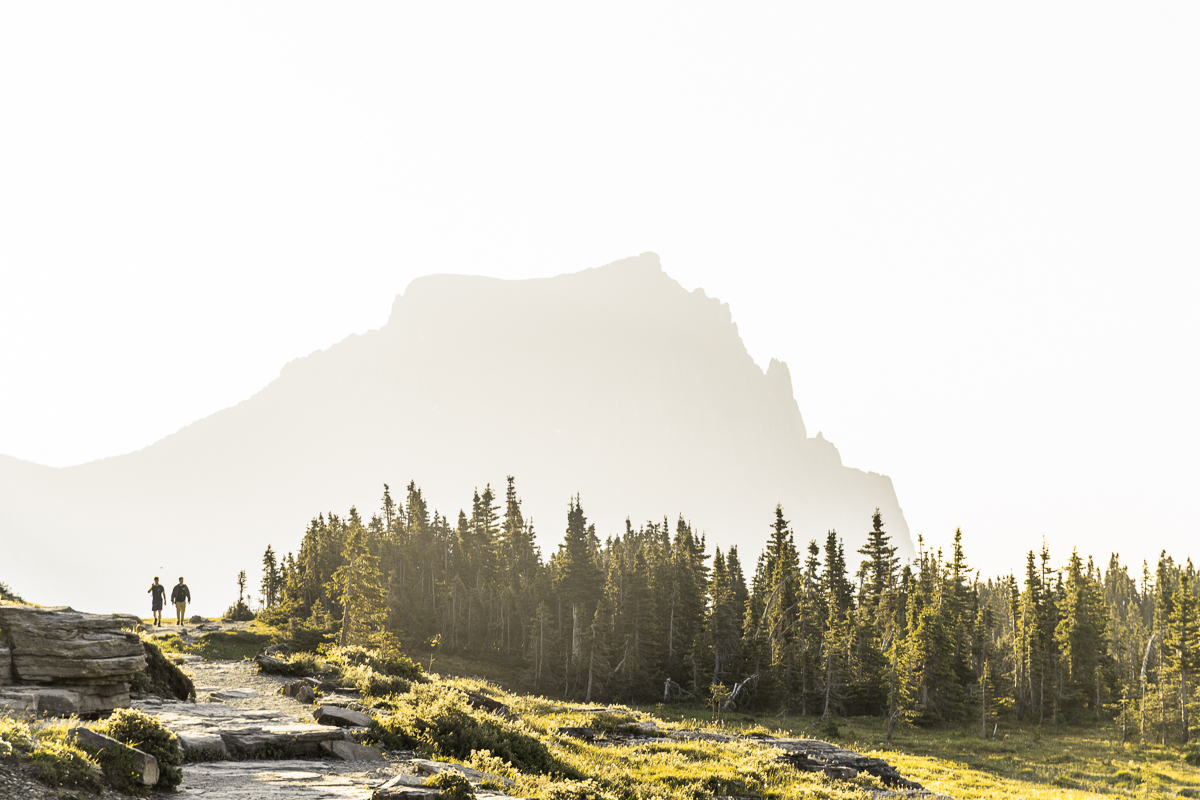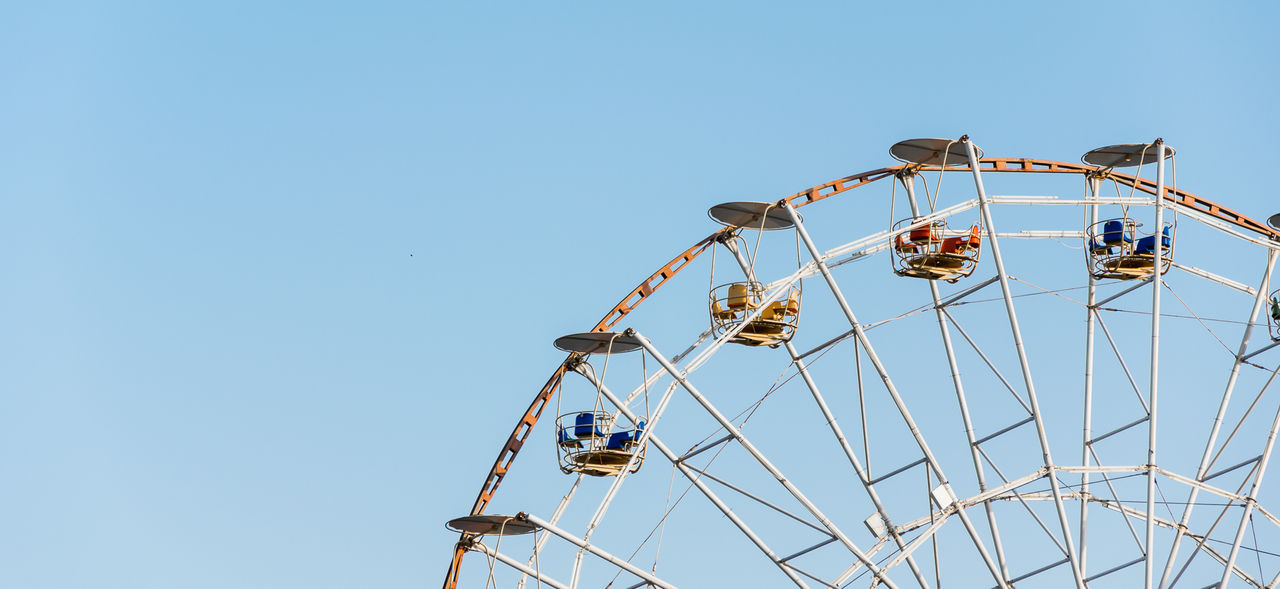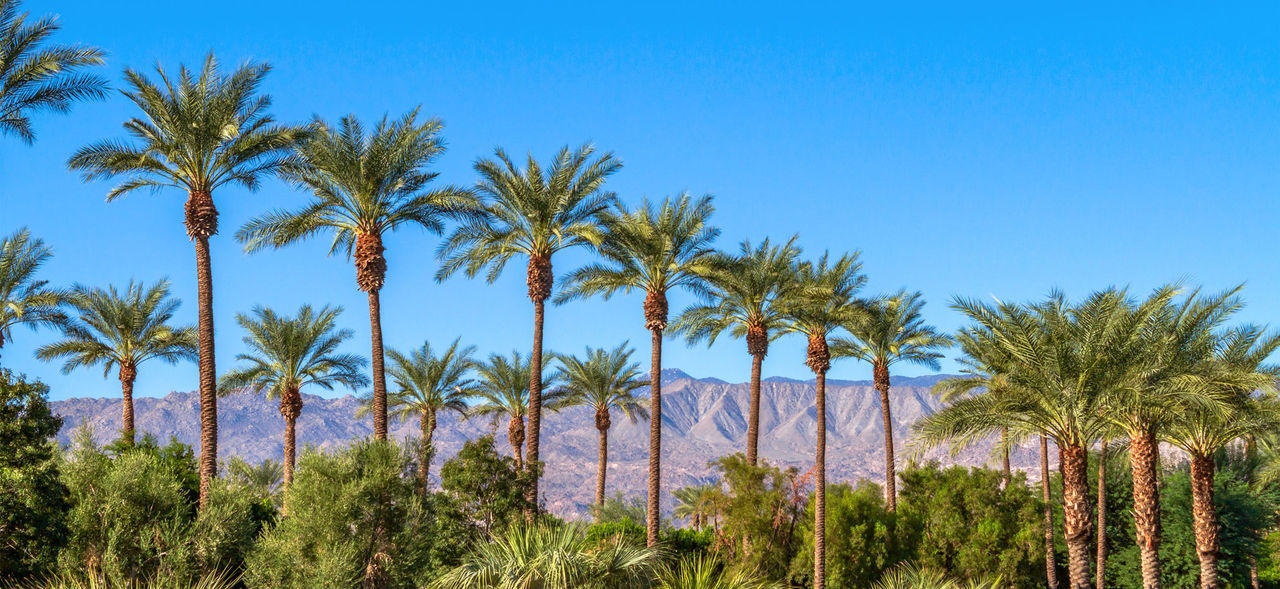American inventor and adventurer Robert Edison Fulton Jr. once said, “The desert tells a different story every time one ventures on it.” If you’ve ever been to Joshua Tree National Park, you’ll know this quote to be true—every visit feels truly unique and is unlike any other National Park you may have experienced. Feeling inspired? Immerse yourself in the magic of the desert parklands and unlock the best kept secrets of Joshua Tree during your next vacation to Southern California.
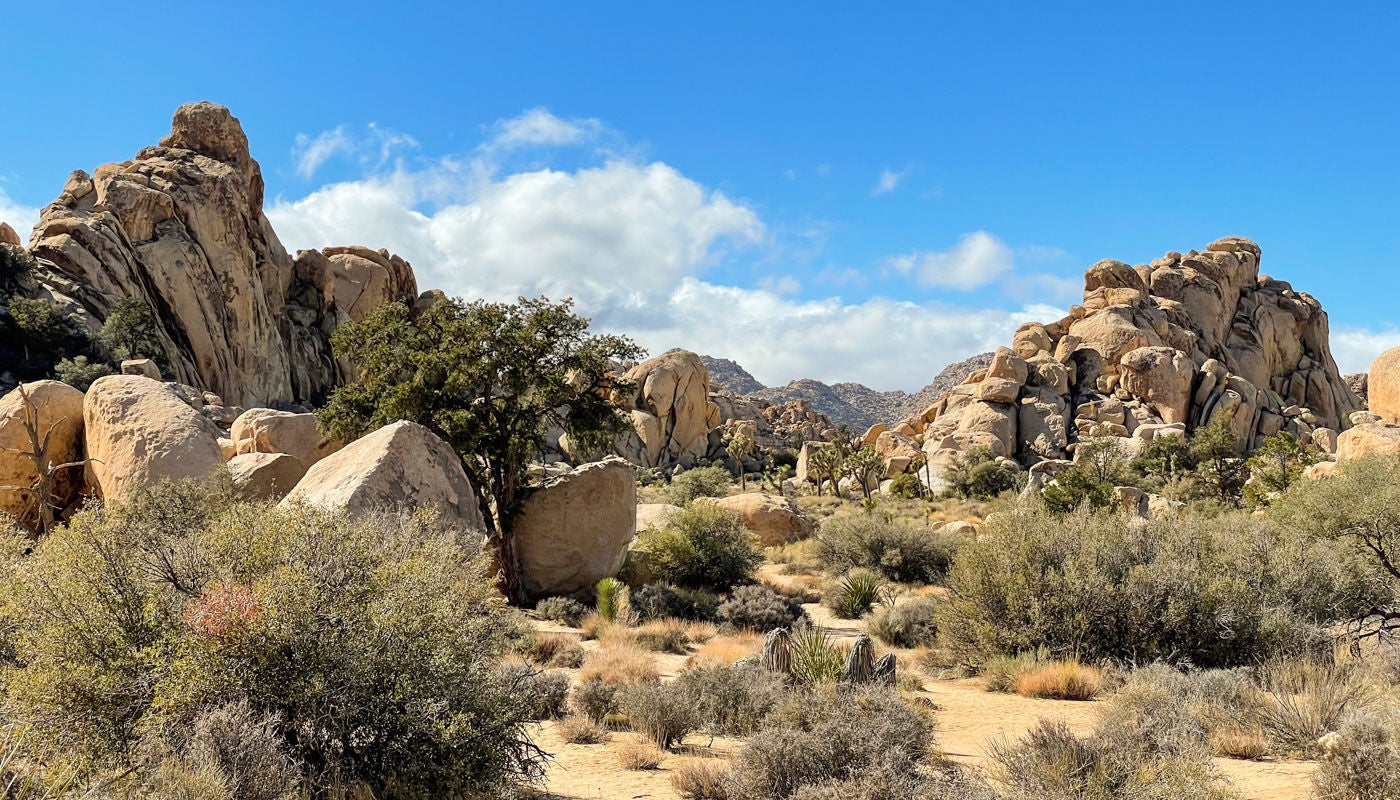
The Desert’s Best Kept Secrets: Unlock the Magic of Joshua Tree National Park

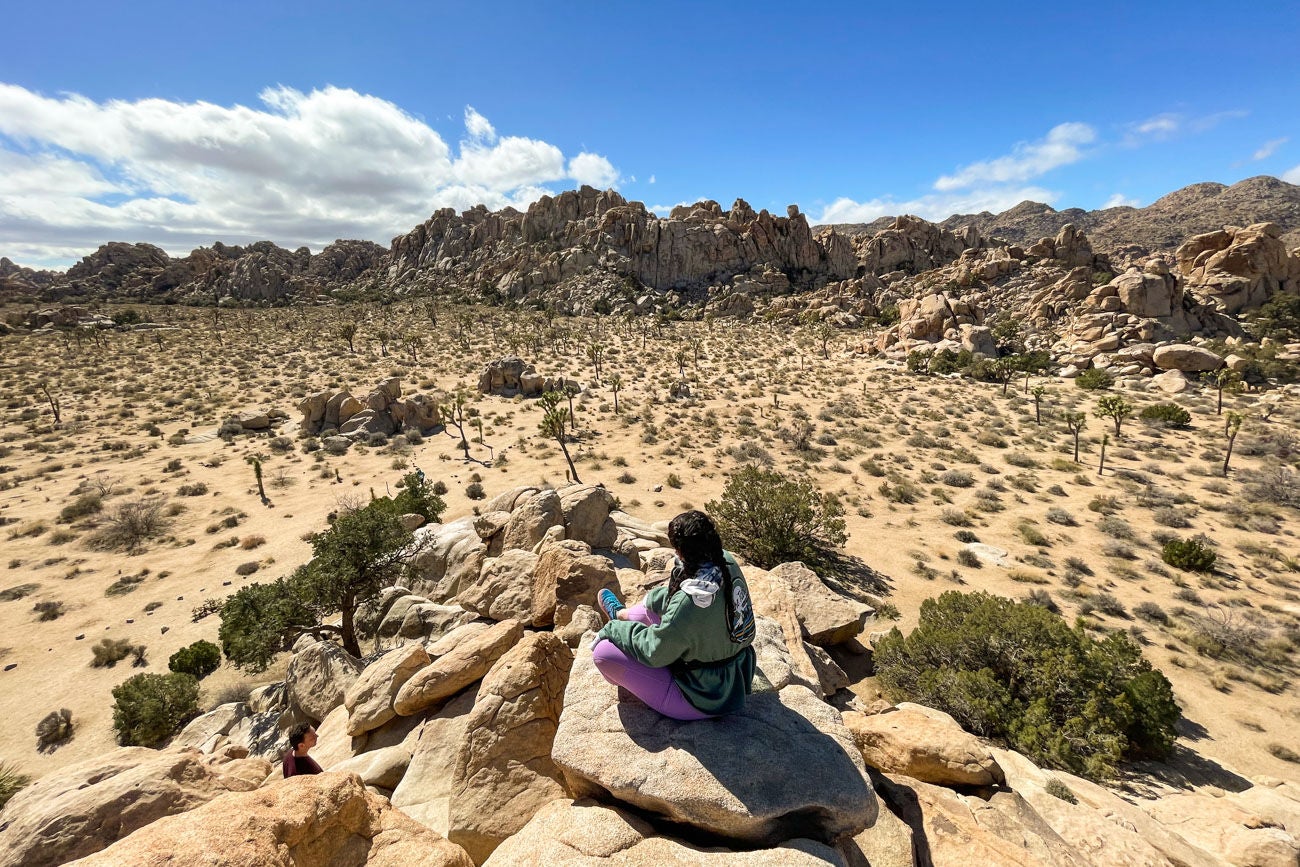
Secret #1: A Tree Named Joshua | Where Did the Name Come From?
When people think of Joshua Tree National Park, they typically think of the strikingly unique trees from which the park is named. Derived from the Yucca genus, the Joshua Tree has distinctive palms, arching branches, and is a crucial part of the Mojave desert’s ecosystem. But what makes them so special? During the 19th century, Mormon settlers came across these trees while traveling through the California desert. In awe, they compared the sprawling branches of the trees to the biblical figure, Joshua, who is known for reaching his hands to the sky in prayer. The Mormons aptly named the trees after Joshua and often said the branches looked outstretched, as if they were welcoming and guiding travelers on their way. Since then, the Joshua tree has been known to represent strength and resiliency for those that visit the park and have continued to be an inspiration for over hundreds of years.
Secret #2: Get into the Fold | View Joshua Tree from Above
Upon entering the park, visitors usually notice the iconic red rocks that the desert is known for. The vast parkland is adorned with impressive rock formations, contorted into mesmerizing shapes that welcome climbers of all skill-levels. Novice climbers can simply scramble up the flatter formations with ease and admire the views from above, while more seasoned climbers can rope in and lead climb to more challenging heights. Unlike other parklands, you don’t need a permit to climb in Joshua Tree and there are a variety of routes to explore. Spend hours traversing the rocky terrain and allow yourself the freedom to explore.
Pro tip: Skip the traditional hiking and let your inner child play on the rocks of the largest natural playground.
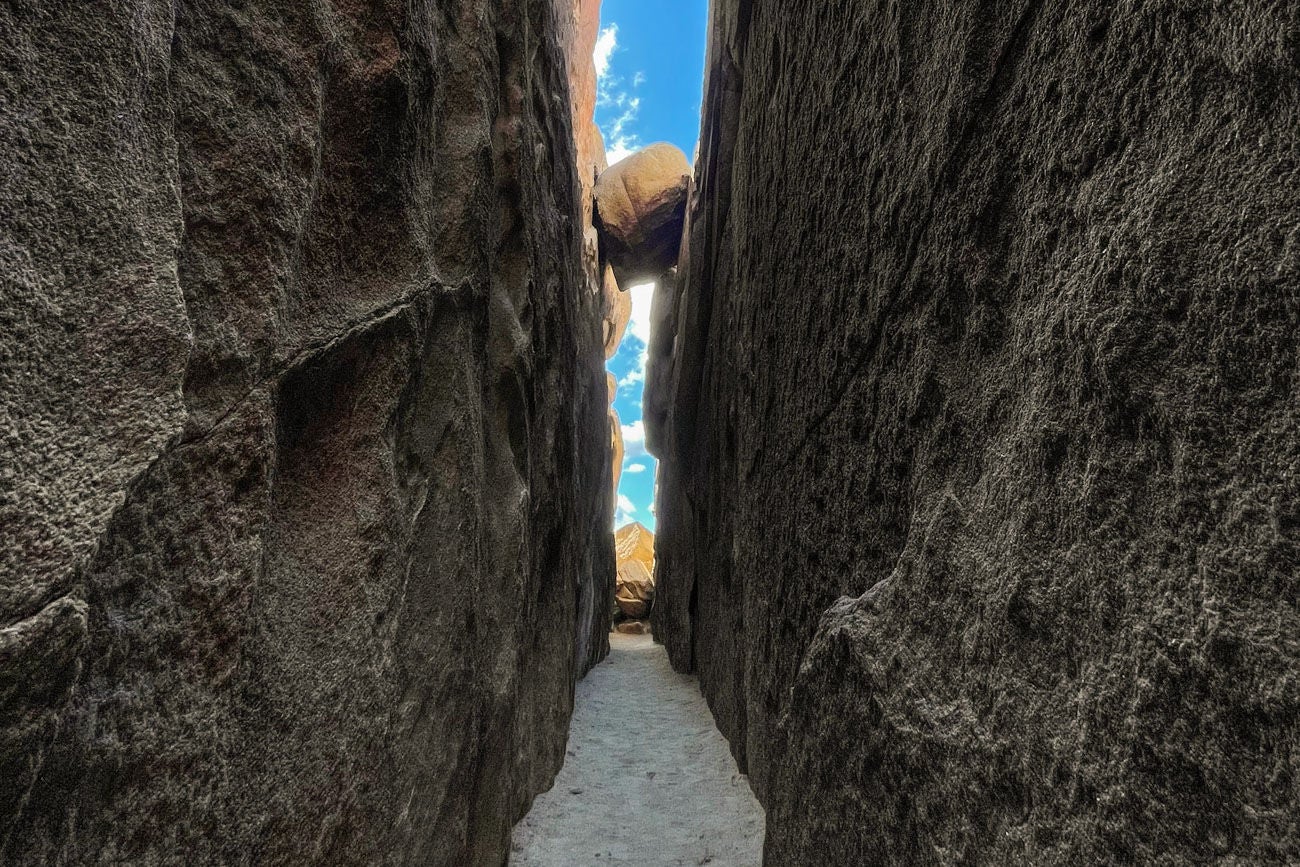

Secret #3: Give Yourself a Slot | Explore the Desert Slot Canyons
It may require a leap of faith (not too big of a leap), but
taking the time to find and explore the Joshua Tree slot canyons is a
must when visiting the park. Never heard of a slot canyon? It’s a deep
gorge that forms when two rocks split from one another, creating a
dream-like oasis that feels tucked away from the rest of the park. While
some are best explored by experienced canyoneers, several slot canyons
in Joshua Tree are suitable for beginners. The Hall of Horrors slot canyon (don’t let the name fool you!) is perfect for beginners and even offers additional terrain for the thrill-seekers in your group who may want to test their scrambling skills.
Whether you prefer a stroll through the canyon or you decide to give
yourself a vertical challenge, the Joshua Tree slot canyons provide an
unforgettable experience for everyone.
Secret #4: Writing on the Rock | Innermost Thoughts of John Samuelson
Most attractions in Joshua Tree can be found on a map or a trail finder
app; however, if you come across philosophical prose etched on the face
of a boulder, you’ll have discovered a truly rare park gem. Known as Samuelson’s Rocks,
these rocks are time capsules of the early 20th century into the mind
of John Samuelson, a Swedish immigrant, who settled with his wife on the
Joshua Tree parklands during the 1920s . Samuelson intended to purchase
the land, but was denied his request because he was not an American
citizen. Although he and his wife migrated to the Los Angeles area soon
thereafter, the rocks stayed behind and are now a popular item to search
for while in the parklands. While there is no formal trail that leads
to Samuelson’s Rocks, you can find their general location and keep your
eyes peeled while you hike around the area. If you do come across the
legendary rocks, Samuelson’s intent to keep his spirit alive on his
desert homestead will be fulfilled.
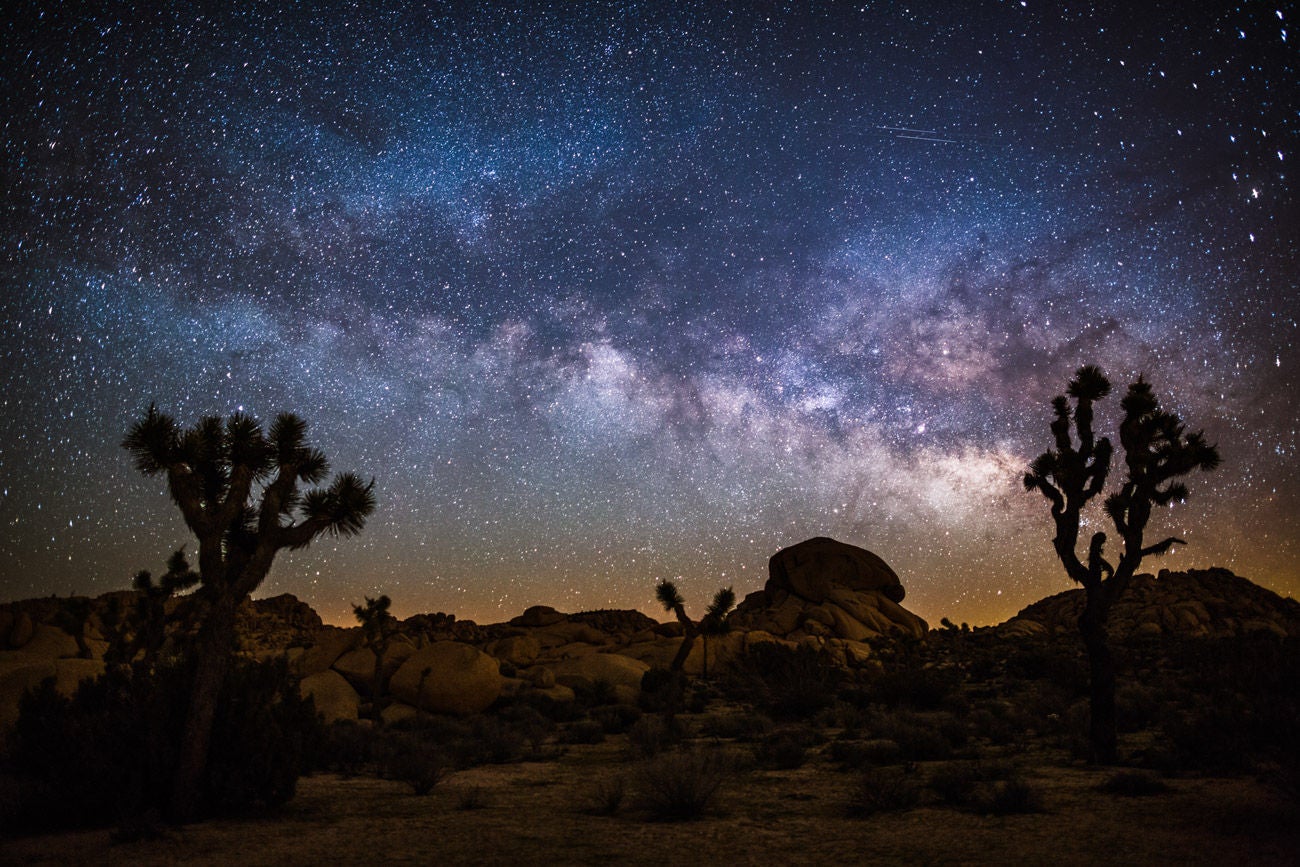
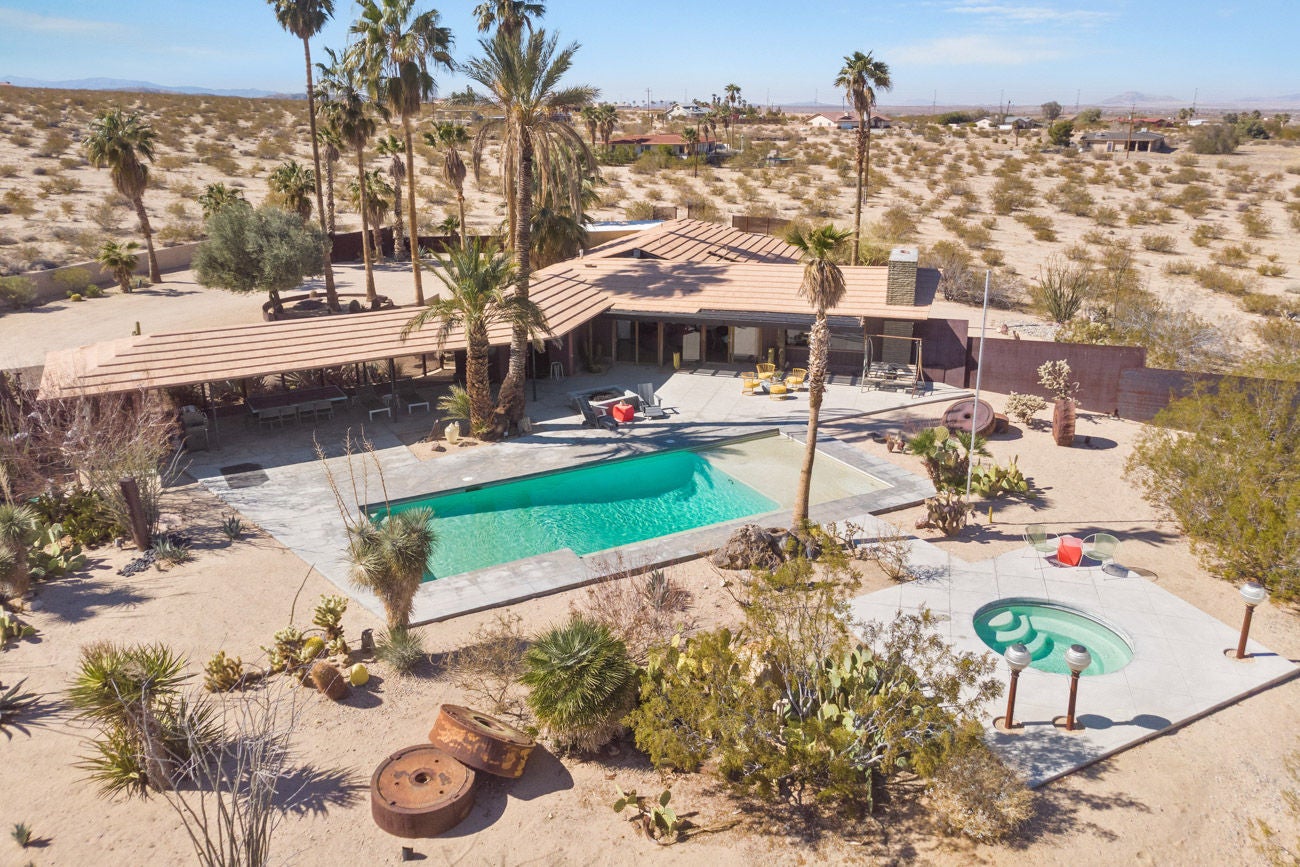
Secret #5: Diamonds in the Sky | Stargazing to the Next Level
The night sky is one of Mother Nature’s most stunningly beautiful works of art: however, most people don’t get an opportunity to fully experience it—that is until you visit Joshua Tree after sundown. Free from light pollution, sitting 5,000 feet above sea level, the desert parklands is one of the best places on the planet to admire stars, planets, and other celestial wonders. You’ll be able to easily identify constellations and admire the Milky Way with ease. Keep in mind, the desert plummets in temperatures after dusk, so if you plan to do some stargazing, be sure to pack accordingly and enjoy a remarkable show.
Secret #6: Luxury Hiding in Plain Sight | The Wheelhouse
Joshua Tree is brimming with excitement and adventure, so it’s only natural to find lodging nearby to maximize your time in the California desert. Combine your love of the outdoors with classic Southern California luxury in one of the area’s most renowned accommodations. Sitting on 12 acres of pristine desert near both entrances of the park, The Wheelhouse is a stunning example of Mid-Century Modern architecture, offering serene seclusion with 360-degree mountain views and one-of-a-kind amenities. In between adventures in Joshua Tree, make The Wheelhouse your home base for a relaxing swim in the private pool or enjoy a well-deserved cocktail around the firepit. Whether you’re planning an action-packed expedition to Joshua Tree or are looking forward to taking a gentle stroll around the rock formations, The Wheelhouse will be the perfect home to make your vacation to Joshua Tree truly unforgettable.
Ready for your adventure to begin? On your next visit to Joshua Tree National Park , be sure to tag us on social media at @NaturalRetreats and use the hashtag #TravelOn to show us how you experience the magic of the California desert.

